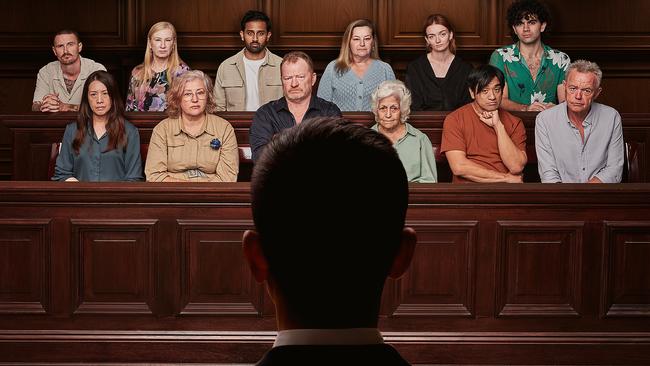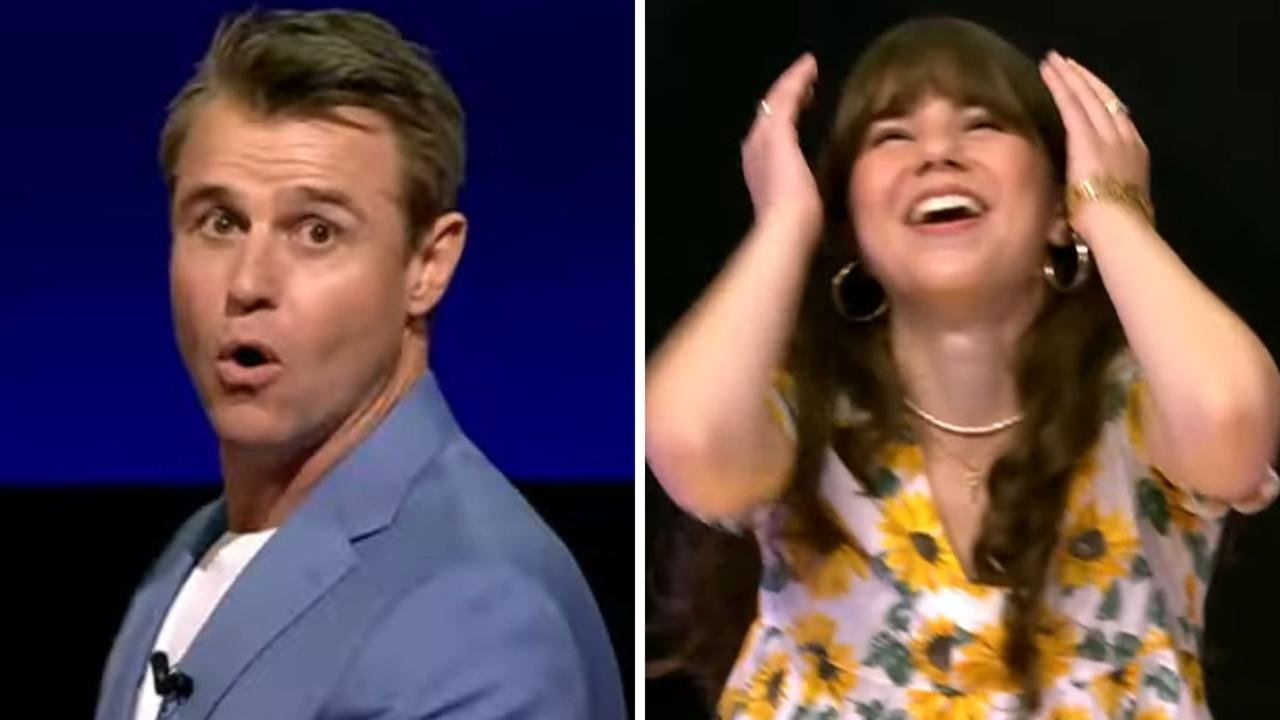New series ‘The Jury: Death on the Staircase’ reveals what really happens in a manslaughter trial
A new true crime series lifts the lid on what really happens in the jury room of a manslaughter trial, revealing what a verdict really hangs on.

Reality
Don't miss out on the headlines from Reality. Followed categories will be added to My News.
In an Australian-first experiment, a new true crime series from SBS lifts the veil of secrecy that surrounds court proceedings in general and juries in particular, giving viewers a front-row seat to a real (albeit re-enacted) case.
The Jury: Death on the Staircase is a five-part series wherein exact transcripts of a manslaughter trial are precisely re-enacted, word-for-word, by trained actors for a jury of everyday Australians.
The volunteers participate in the trial under the exact conditions as the original jury - selecting a foreperson, deliberating on evidence, and ultimately, having to deliver a verdict.
The case
Shaun*, the accused, is a man in his forties, who phoned emergency services after allegedly discovering Carlo, his older boyfriend, a man in his sixties, at the foot of the staircase in the Petersham home they shared. The couple had fought earlier that day, and a blood-stained juicer lay on the floor of their kitchen.

The big question - whether or not the jury of 12 reaches the same verdict as the original trial - goes far deeper than simple curiosity. It’s an opportunity to examine our court system with a critical eye, to test whether or not the often-criticised jury model is able to deliver the justice it promises.
According to the Resolve Political Monitor survey published in July of this year just 30 per cent of Australians say they have faith in the courts and justice system, compared with 69 per cent who trust the police.
The first episode of The Jury: Death on the Staircase, does an excellent job of crystallising the reasons why.
The humans behind the jury
The members of the jury in this series, selected from a cross-section of Australian society representative of a number of different demographics, make a colourful bunch.
There’s silver-haired Guy, an ad-exec who hastens to inform the camera that he’s a member of Australian MENSA, and Craig, a straight-talking former prison guard who thinks a few of the jury members are “off with the fairies”.
Then there’s Van, a soft-spoken children’s entertainer, Michael, whose skinny frame and tattoo-covered skin often leads people to form ill-informed opinions about his character, and Anya, the twinkly-eyed sex therapist who openly admits she’s biased towards a not-guilty verdict because “nobody has been actually improved by being in prison”.
And while the argument can be made that the jury members know they’re not part of a real trial and thus might not take their assignment as seriously as they would were a real person’s fate in their hands, the conversations the camera captures immediately blow up the illusion of any sort of impartiality.


Harsh reality of how cases are decided
“It’s like a tennis match,” says Mishelle, one of the jurors who originally put her hand up to be foreperson.
“Prosecutor - witness - prosecutor - witness. But then I’m watching to see what Shaun’s reaction is - it’s like (exasperated sound) I can’t get anything out of him!”
The other jurors nod in agreement - it’s hard to read the accused’s reactions.
Which is, as juror Guy explains in a camera-confessional, “absolutely terrifying”.
Because despite the fact that this fake jury has been given all the same instructions as a real one: to only take into account the facts and evidence of the case - it’s clear from the start they are doing anything but.
They’re watching for signs of guilt on the accused’s face while evidence is being given. They’re using their own experience to relate to, or distance themselves from, Shaun’s experience.
“I am someone who thinks that mental health should be taken into account,” argues one juror, despite the fact that no mental health defence has been put forth.
“I know some people won’t agree with me, they’ll say ‘oh no, not the mental health card again’ - like, I hear that from my parents a lot.”
“There were moments where I do feel sorry for the accused,” she continues.
“We’re all getting along really well so far,” enthuses another juror. “We’ve gelled really well as a unit.”
And indeed, the jury-room dynamic is one of the most watchable parts of this compelling series. The sway each juror has over their peers waxes and wanes, but it is evident quite early on that the balance of the case hangs on the personality dynamics in that room, far and above the evidence discussed in court.
And while the trial will continue to play out over the next four episodes, culminating in a verdict - and presumably, the reveal of the original jury’s verdict as well - one thing is clear.
The almost half of Australians (47 per cent, according to the Resolve survey) who have little faith in our court system are sound in their doubts.
* names, dates, location and images have been changed to protect identities in the original trial
The Jury: Death on the Staircase. Stream free now on SBS On Demand
Originally published as New series ‘The Jury: Death on the Staircase’ reveals what really happens in a manslaughter trial


